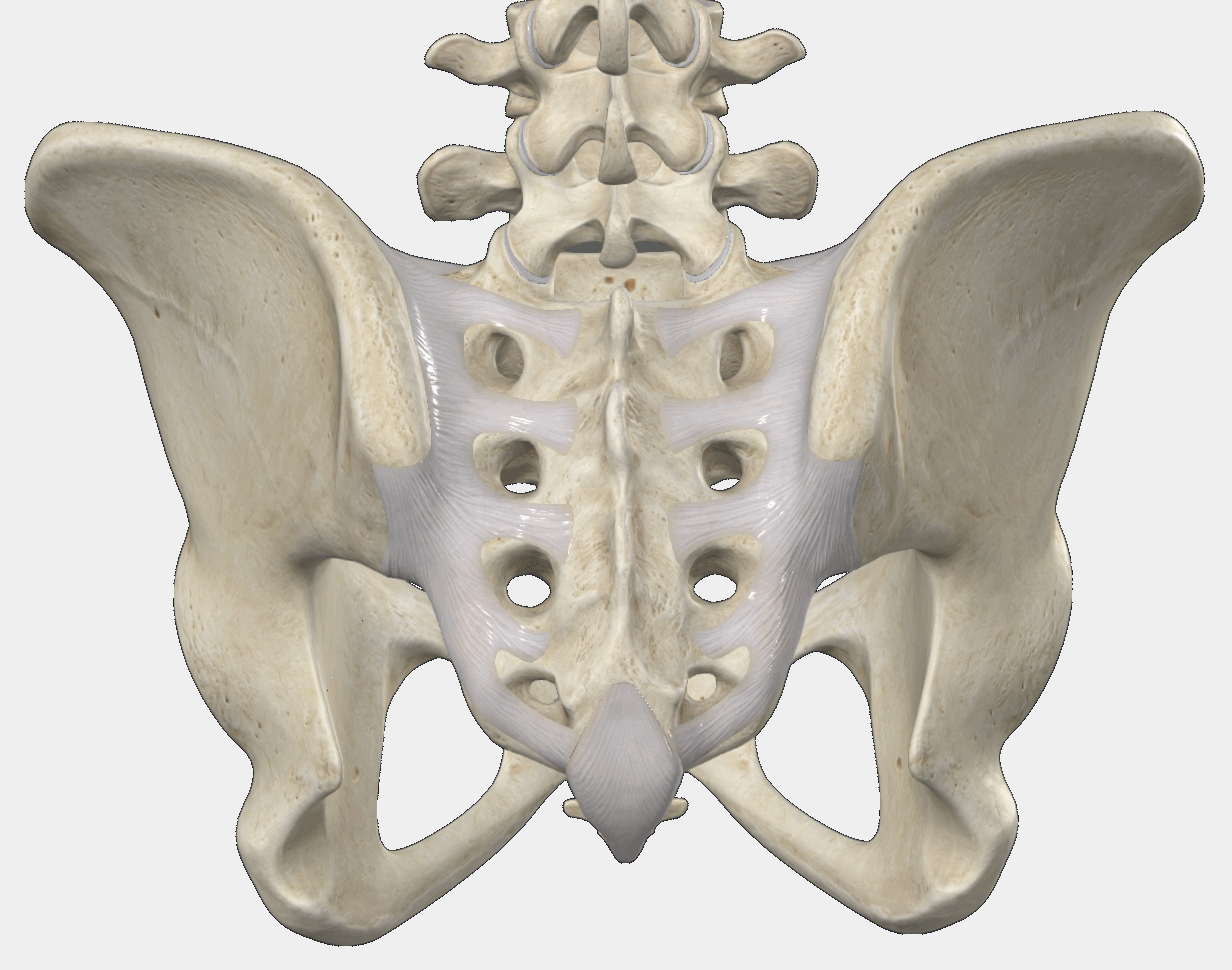Sacroiliac or sacroiliac joint pain occurs at the point where the pelvis and the last 5 fused vertebrae come into contact.
Sacroiliac joint pain mainly affects the elderly, pregnant and breastfeeding women, and those who have suffered accidents, such as falling on their buttocks or having their knees hit the dashboard in a car accident. In these cases of accidents, the joint suffers a shearing injury.
Treatment is possible with radiofrequency treatment, during which the nerves leading to the sacroiliac joints are disabled for about a year. The effectiveness of this approach is supported by several randomized controlled trials. In most cases, instability can be addressed with prolotherapy or PRP treatment, where the body’s healing cells are injected into the ligaments responsible for stability. The evidence supporting the regenerative treatment of the sacroiliac joint is of low quality, and further research is ongoing.7

Source:
7. Vanelderen P, Szadek K, Cohen SP, De Witte J, Lataster A, Patijn J, et al. 13. Sacroiliac Joint Pain. Pain Pract. 2010;10(5):470–8.


